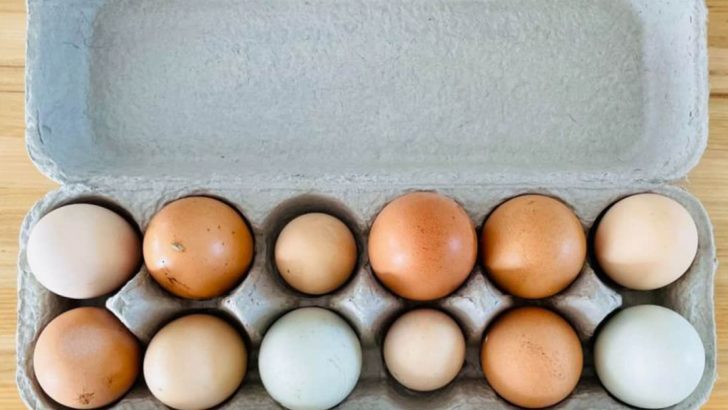Ever pulled a cake from the oven only to find it flat as a pancake? Baking is chemistry, and even small measuring mistakes can lead to big disasters.
The wrong egg size might seem harmless, but it can throw off your entire recipe.
Let’s explore the sneaky measuring errors that might be sabotaging your baked goods.
1. Wrong Egg Size Ruins Everything
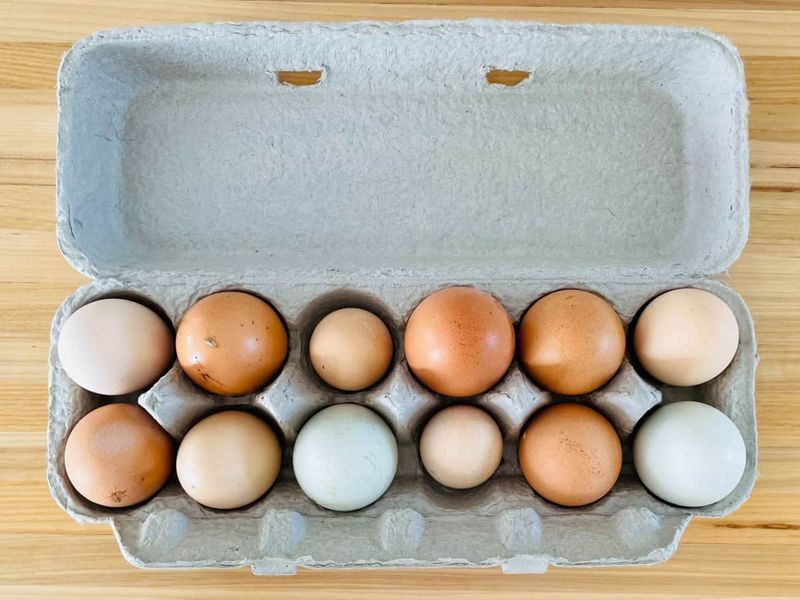
Large eggs are the standard in most recipes. Using medium or jumbo eggs changes the liquid ratio dramatically.
A jumbo egg contains about 2 tablespoons more liquid than a medium one! This excess moisture can make cookies spread too much and cakes collapse in the middle.
2. Flour Fluffing Forgotten

Scooping flour directly from the bag creates a dense, packed cup. This common mistake adds nearly 30% more flour than recipes intend!
Always fluff your flour with a fork before spooning it into measuring cups. Level it off with a knife for accuracy. Your cakes will thank you with perfect texture.
3. Liquid Measuring At Eye Level
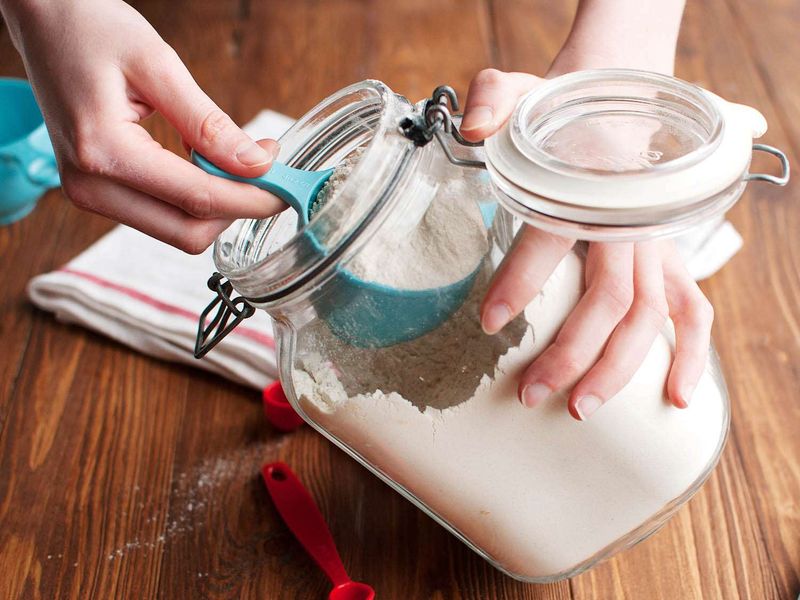
Looking down at a liquid measuring cup from above distorts your view. The meniscus curve makes measurements inaccurate.
Place the cup on a flat surface and bend down to check at eye level. The bottom of the curve should touch the line. This simple habit prevents dry cakes and runny batters.
4. Brown Sugar Packing Problems
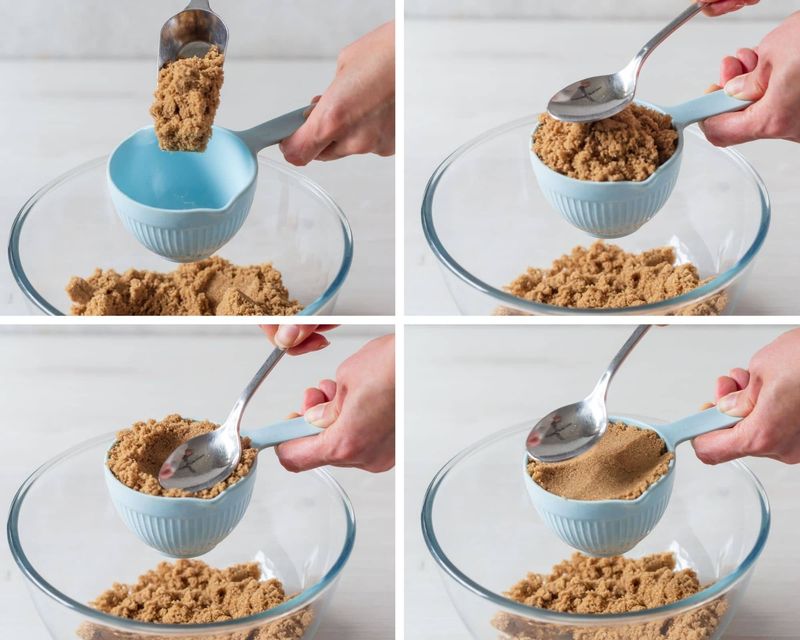
Loose brown sugar creates sad, flat cookies. Unlike white sugar, brown sugar needs to be firmly packed into measuring cups.
Press it down until it holds the cup shape when dumped out. The moisture content in properly packed brown sugar helps cookies stay chewy and gives cakes the right structure.
5. Baking Powder Confusion

Baking powder and baking soda look identical but work completely differently. Mixing them up is a disaster waiting to happen!
Baking soda needs acid to work, while baking powder already contains acid. Using the wrong one leaves baked goods flat or with a metallic taste. Label your containers clearly to avoid mix-ups.
6. Room Temperature Butter Shortcuts
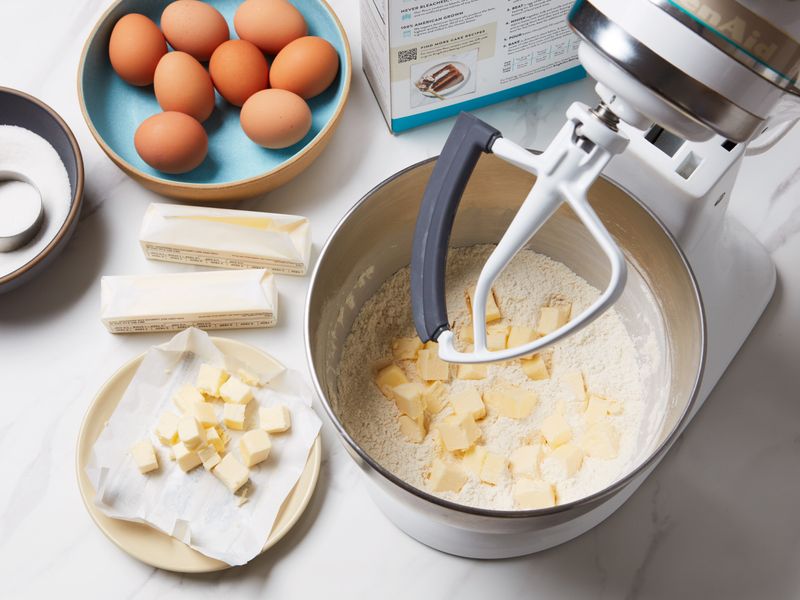
Microwaving butter for quick softening often melts parts of it. Half-melted butter creates dense, greasy baked goods.
Plan ahead by taking butter out 1-2 hours before baking. For emergencies, grate cold butter or cut it into small cubes to speed up softening naturally.
7. Measuring Spoon Leveling Skipped

Heaping spoonfuls of leavening agents can ruin recipes instantly. Too much baking powder causes cakes to rise quickly then collapse dramatically.
Always level measuring spoons with a straight edge. For super accuracy with critical ingredients like salt or baking powder, use the back of a knife to sweep across the spoon’s surface.
8. Sticky Ingredient Mess

Honey, molasses, and corn syrup cling to measuring cups, leaving behind significant amounts of ingredient.
Spray your measuring cup with cooking spray before measuring sticky ingredients. Everything will slide out completely, ensuring accurate measurements. This tiny step makes cleanup easier too!
9. Volume Vs. Weight Confusion

American recipes use volume measurements while professional bakers use weight. A cup of flour can vary by up to 50 grams depending on how it’s measured!
Invest in an inexpensive kitchen scale for consistent results. Weighing ingredients eliminates the variables that cause baking failures, especially with flour and cocoa powder.
10. Old Leavening Agents
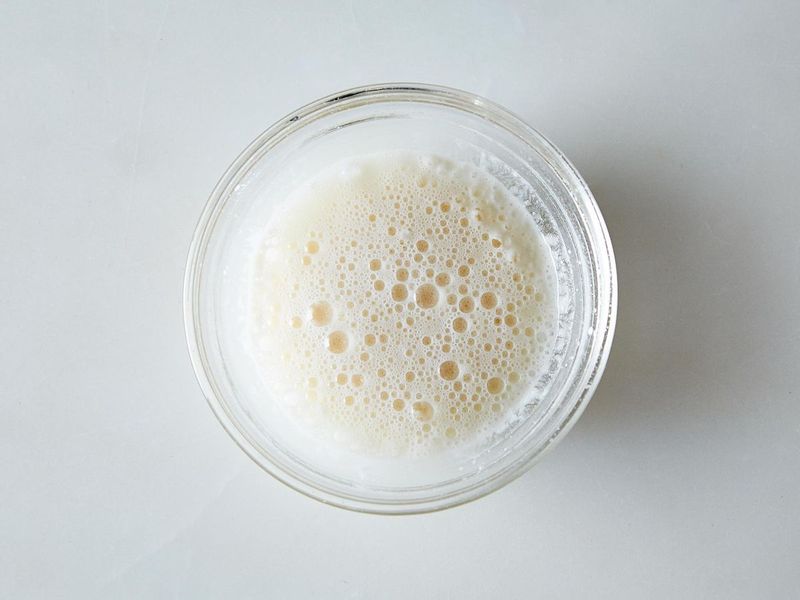
Baking powder loses potency after 6-12 months. Your perfectly measured recipe will still fail with expired ingredients.
Test baking powder by adding a teaspoon to hot water – it should bubble vigorously. Replace it twice yearly for reliability. Baking soda lasts longer but should still be replaced annually for optimal results.
11. Ingredient Temperature Ignored
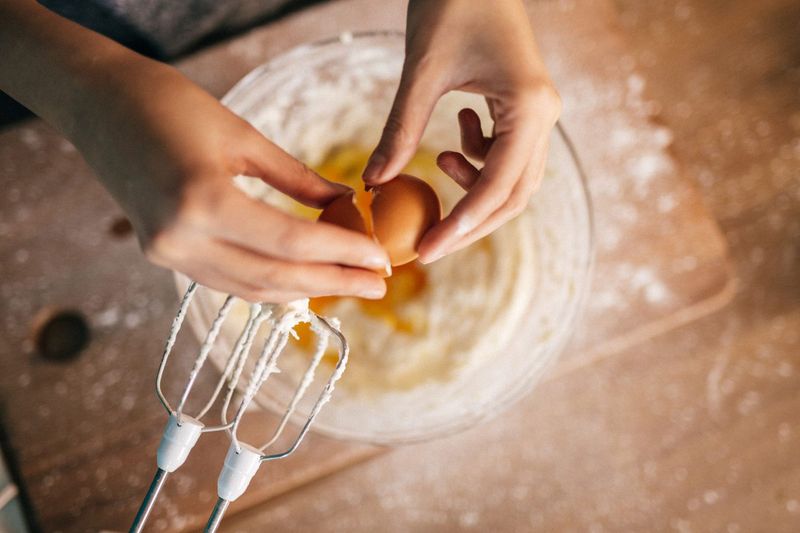
Cold eggs don’t blend properly with butter, creating a curdled batter that bakes unevenly. Recipe steps matter!
Set eggs in warm water for 5 minutes to quickly bring to room temperature. Cold ingredients don’t incorporate air properly during mixing, resulting in dense cakes instead of fluffy ones.
12. Eyeballing Small Amounts
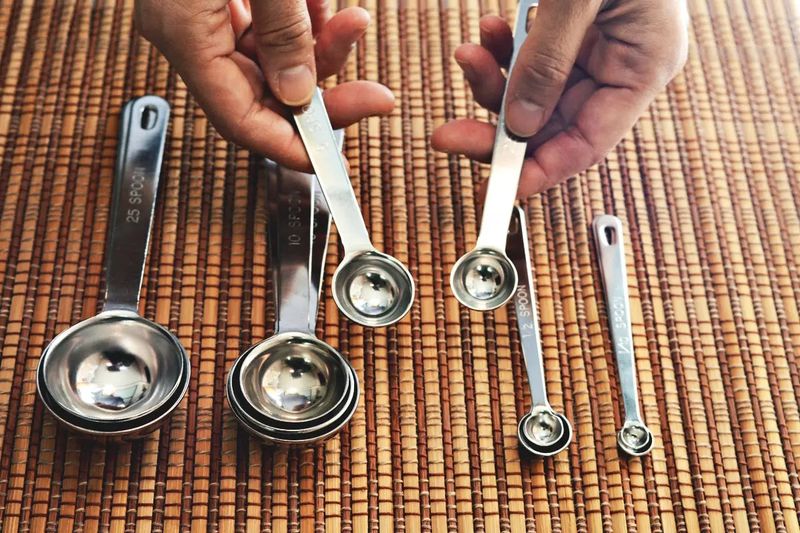
Guessing at small measurements like vanilla or salt has outsized consequences. These flavor-defining ingredients need precision.
Even 1/4 teaspoon too much salt can make cookies taste savory instead of sweet. Use proper measuring spoons for all ingredients, no matter how small the amount seems.
13. Cooking Spray Overspray
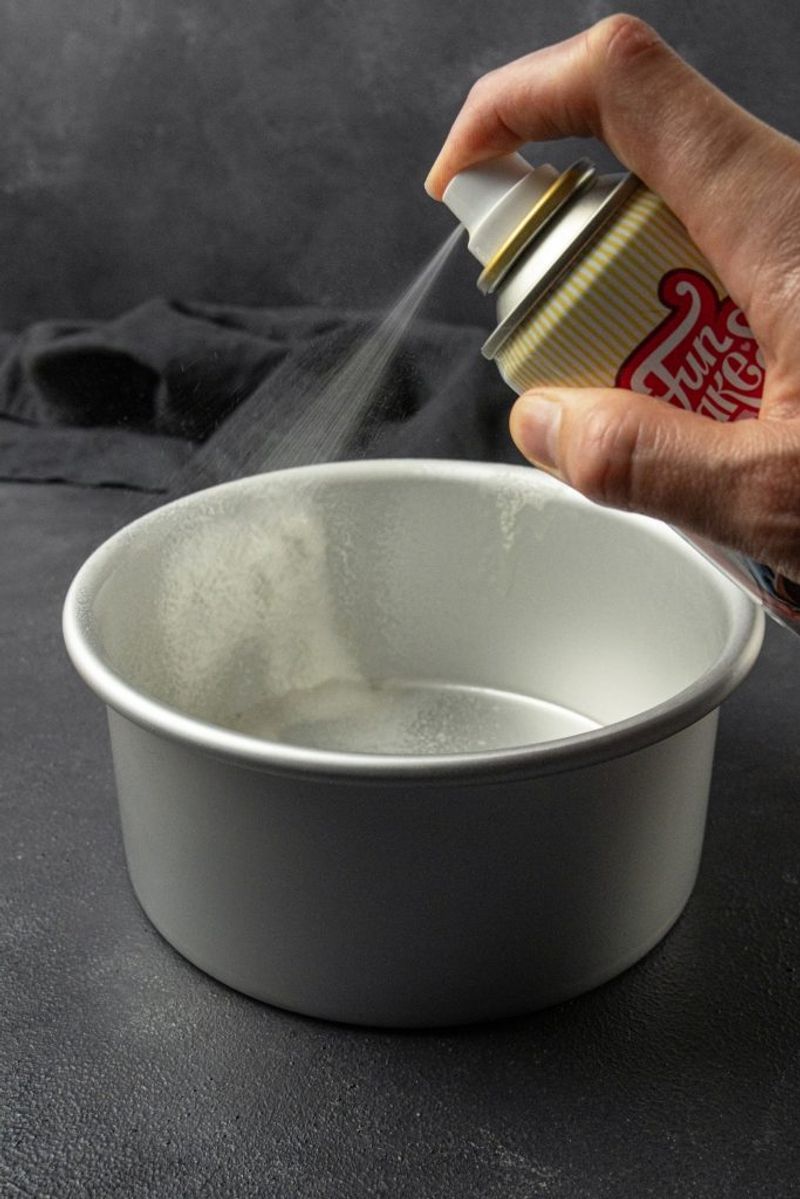
Excessive pan spray creates greasy edges on baked goods. The spray can also pool in pan corners, causing uneven browning.
Spray pans over the sink or dishwasher to control mess. For perfect coverage, spray briefly then spread evenly with a paper towel. This prevents sticky spots while ensuring nothing sticks.
14. Substituting Fats Carelessly
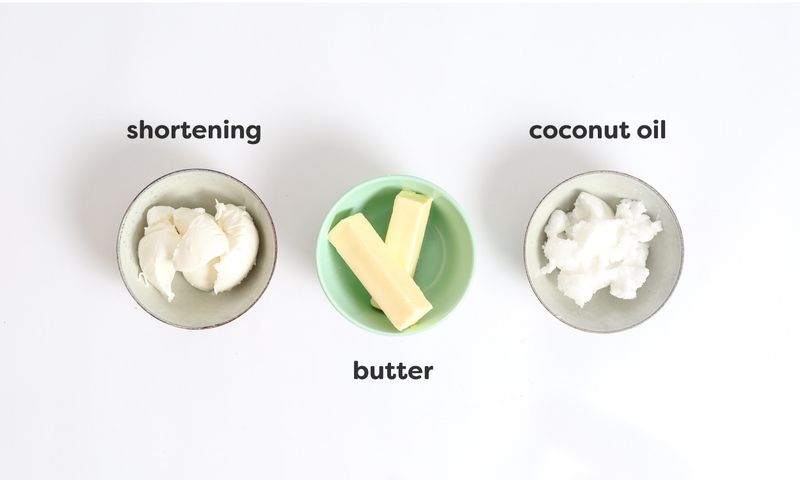
Butter, oil, and shortening behave differently in recipes. Swapping without adjusting other ingredients leads to texture disasters.
Butter contains water while oil is 100% fat. This difference affects moisture content dramatically. Substituting equal amounts can make cookies spread too much or cakes too dry.
15. Sugar Measuring Mistakes
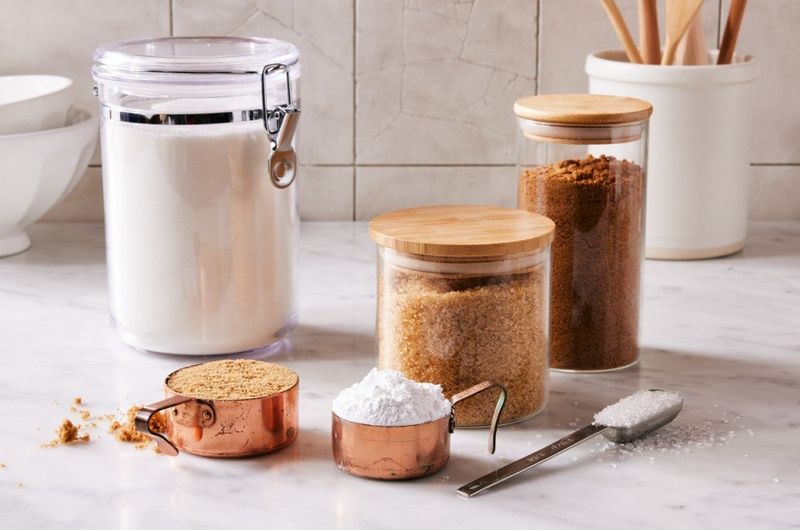
White sugar should be measured differently than powdered sugar. Packing powdered sugar creates gummy frostings and dense cakes.
Spoon powdered sugar lightly into measuring cups and level gently. For granulated sugar, scoop and level. These different techniques ensure the right amount of sweetness and proper texture.
16. Mixing Up Tablespoons And Teaspoons

Mistaking tablespoons (Tbsp) for teaspoons (tsp) creates catastrophic measurement errors. A tablespoon is three times larger than a teaspoon!
Triple-check abbreviations in recipes before measuring. This common error explains why some cookies taste overwhelmingly of salt or why cakes don’t rise at all. Label your measuring spoons clearly.

